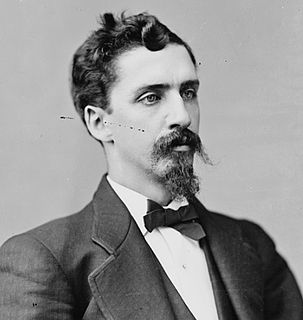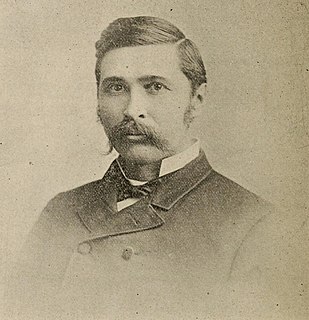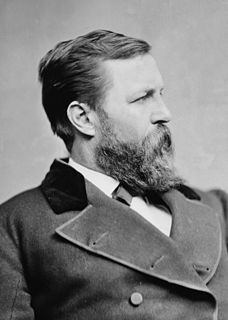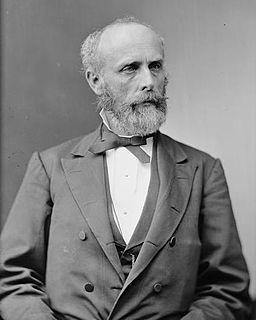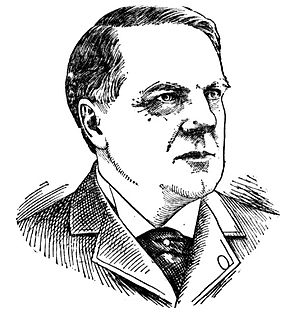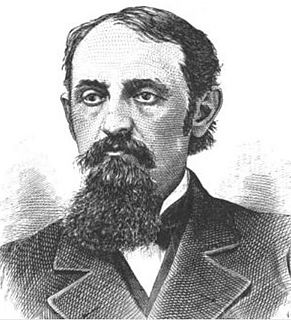| John Luther Vance | |
|---|---|
 | |
| Member of the U.S.HouseofRepresentatives from Ohio's 11th district | |
| In office March 4, 1875 –March 3, 1877 | |
| Preceded by | Hezekiah S. Bundy |
| Succeeded by | Henry S. Neal |
| Personal details | |
| Born | July 19, 1839 Gallipolis, Ohio |
| Died | June 10, 1921 (aged 81) Gallipolis, Ohio |
| Political party | Democratic |
| Spouse(s) | Emily F. Shepard |
| Children | four |
| Alma mater | Cincinnati Law School |
| Signature | |
| Wikimedia Commons has media related to John L. Vance . |
John Luther Vance (July 19, 1839 – June 10, 1921) was a U.S. Representative from Ohio.

The United States House of Representatives is the lower chamber of the United States Congress, the Senate being the upper chamber. Together they compose the legislature of the United States.

Ohio is a Midwestern state in the Great Lakes region of the United States. Of the fifty states, it is the 34th largest by area, the seventh most populous, and the tenth most densely populated. The state's capital and largest city is Columbus.










